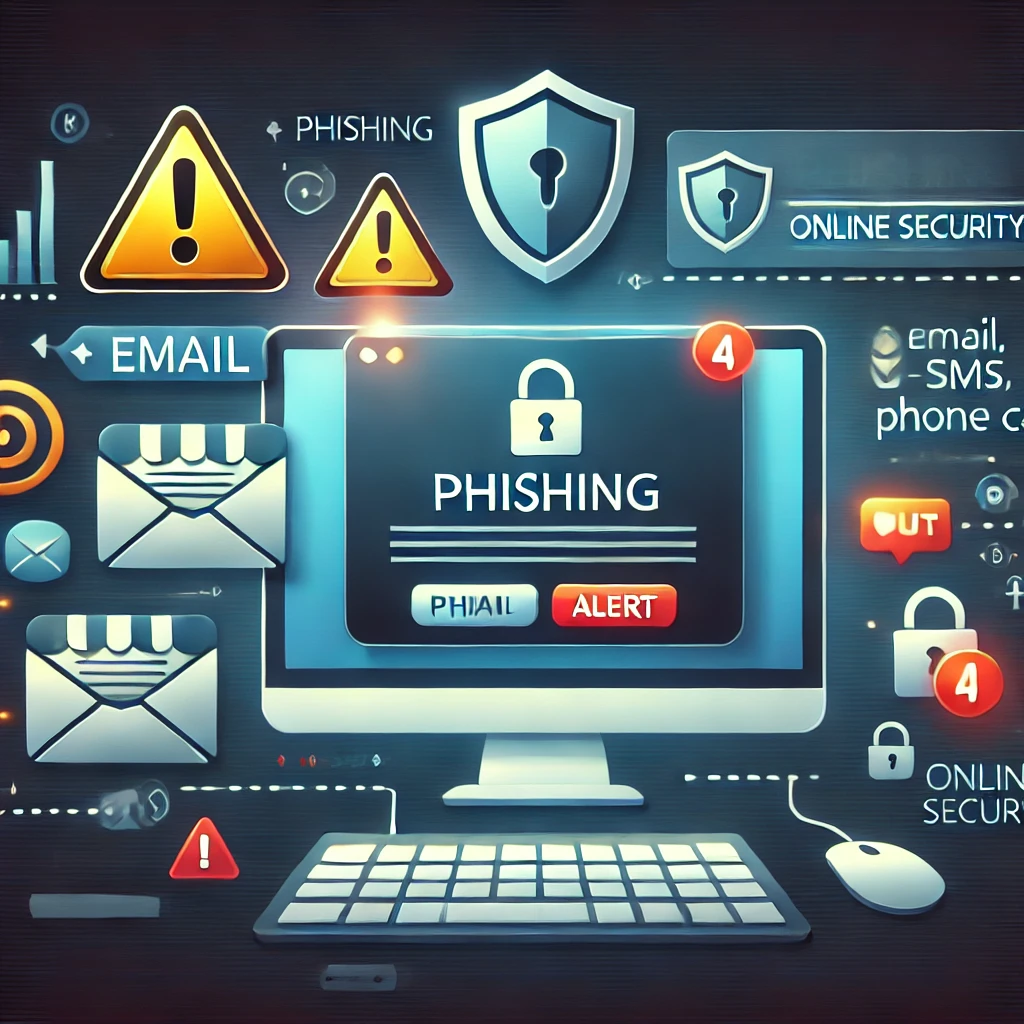Essential Email Security Tips to Protect Your Inbox
In today's digital age, email security is more important than ever. With cyber threats like spam, phishing, and malware constantly evolving, it's crucial to implement effective security measures to safeguard your inbox and personal information. Here are some essential email security tips to help you protect your email account:
1. Use Strong, Unique Passwords One of the simplest yet most effective ways to secure your email account is by using a strong, unique password. Avoid common passwords and include a mix of uppercase and lowercase letters, numbers, and special characters. Change your password regularly and avoid using the same password across multiple accounts.
2. Enable Two-Factor Authentication (2FA) Two-factor authentication adds an extra layer of security by requiring a second form of verification in addition to your password. This could be a code sent to your mobile device or an authentication app. Enabling 2FA significantly reduces the risk of unauthorized access to your email account.
3. Be Cautious with Email Attachments and Links Phishing attacks often come in the form of email attachments or links that appear to be from legitimate sources. Be wary of unexpected emails, even if they seem to come from a known contact. Always verify the sender's email address and avoid clicking on suspicious links or downloading attachments from unknown sources.
4. Regularly Update Your Email Client and Software Keeping your email client and other software up to date is essential for maintaining security. Updates often include patches for security vulnerabilities that could be exploited by cybercriminals. Set your software to update automatically to ensure you always have the latest security features.
5. Use Email Encryption Email encryption protects your messages by converting them into a code that can only be read by the intended recipient. This ensures that even if your email is intercepted, the content remains secure. Many email providers offer built-in encryption features, or you can use third-party encryption tools.
6. Avoid Public Wi-Fi for Accessing Email Public Wi-Fi networks are often less secure and can be a hotspot for hackers looking to intercept your data. If you need to access your email while on the go, use a virtual private network (VPN) to encrypt your internet connection and protect your information.
7. Monitor Your Account Activity Regularly check your email account's activity log for any suspicious activity. Most email providers offer features that allow you to see when and where your account was accessed. If you notice any unauthorized access, change your password immediately and review your security settings.
8. Educate Yourself on Common Email Scams Stay informed about the latest email scams and phishing techniques. Awareness is a powerful tool in preventing email-related cyber attacks. Many resources are available online that provide up-to-date information on current threats and how to recognize them.
By implementing these email security tips, you can significantly reduce the risk of your inbox falling victim to cyber threats. Protecting your email account not only safeguards your personal information but also helps maintain the integrity of your online communication. Stay vigilant and proactive in your approach to email security to keep your inbox safe and secure.




